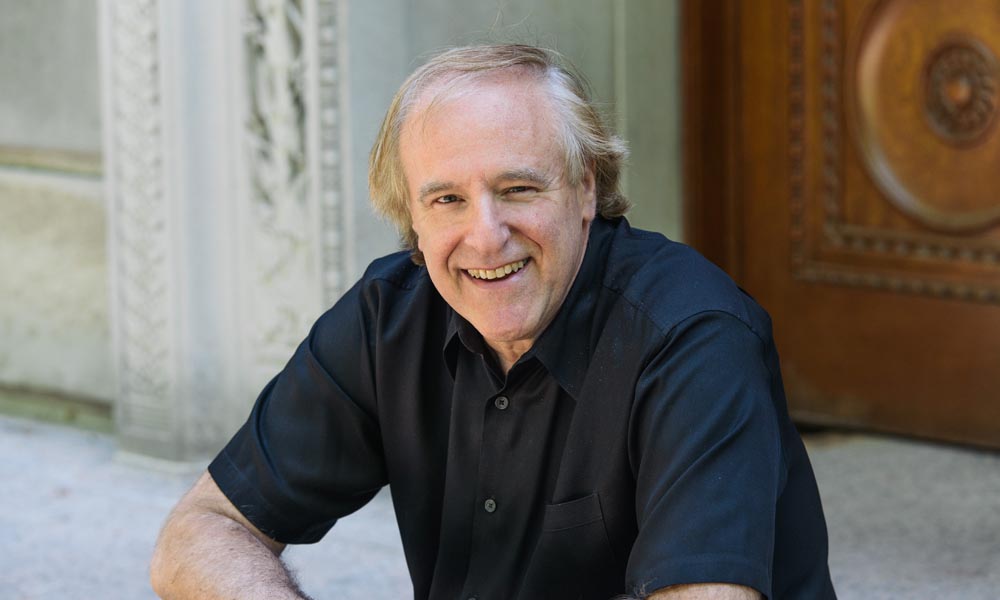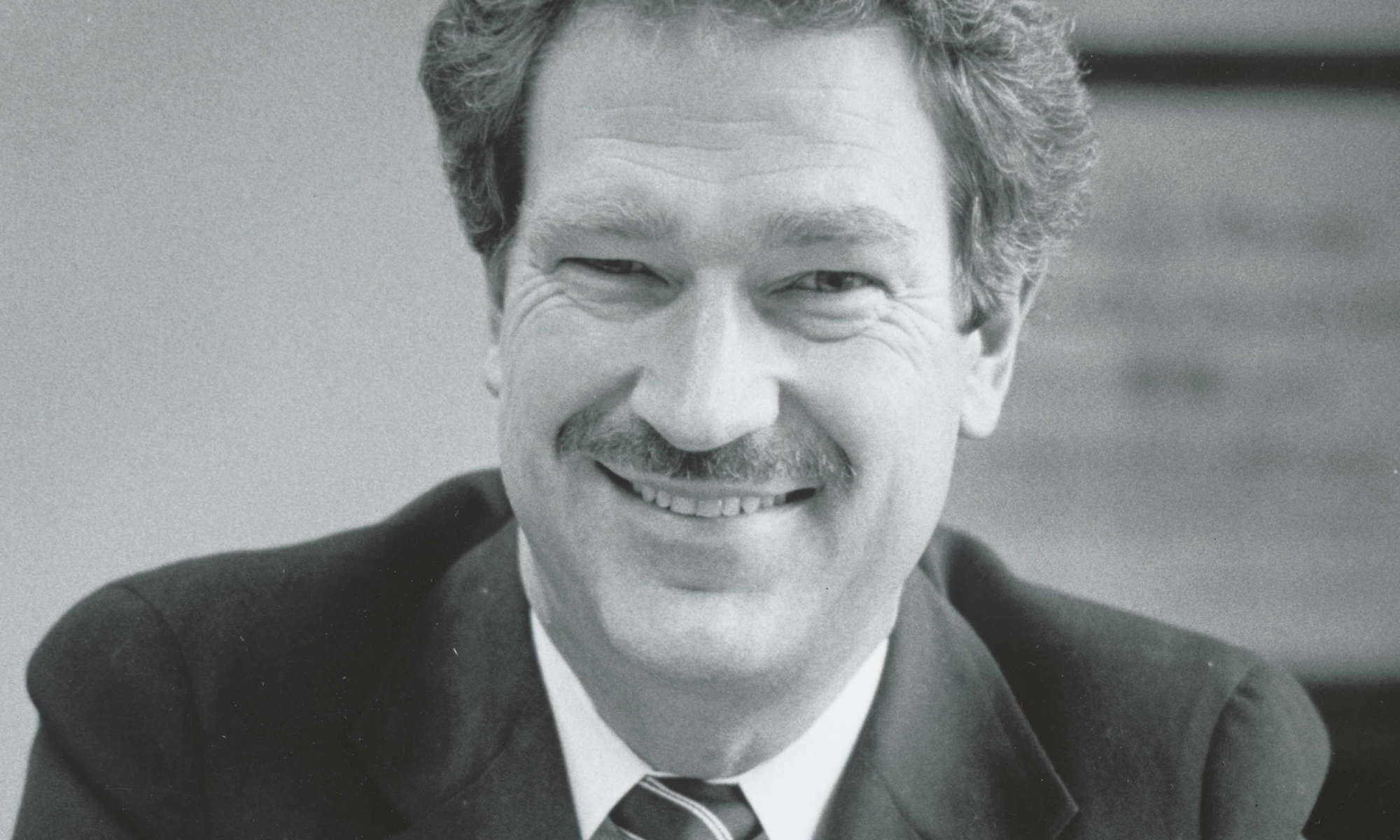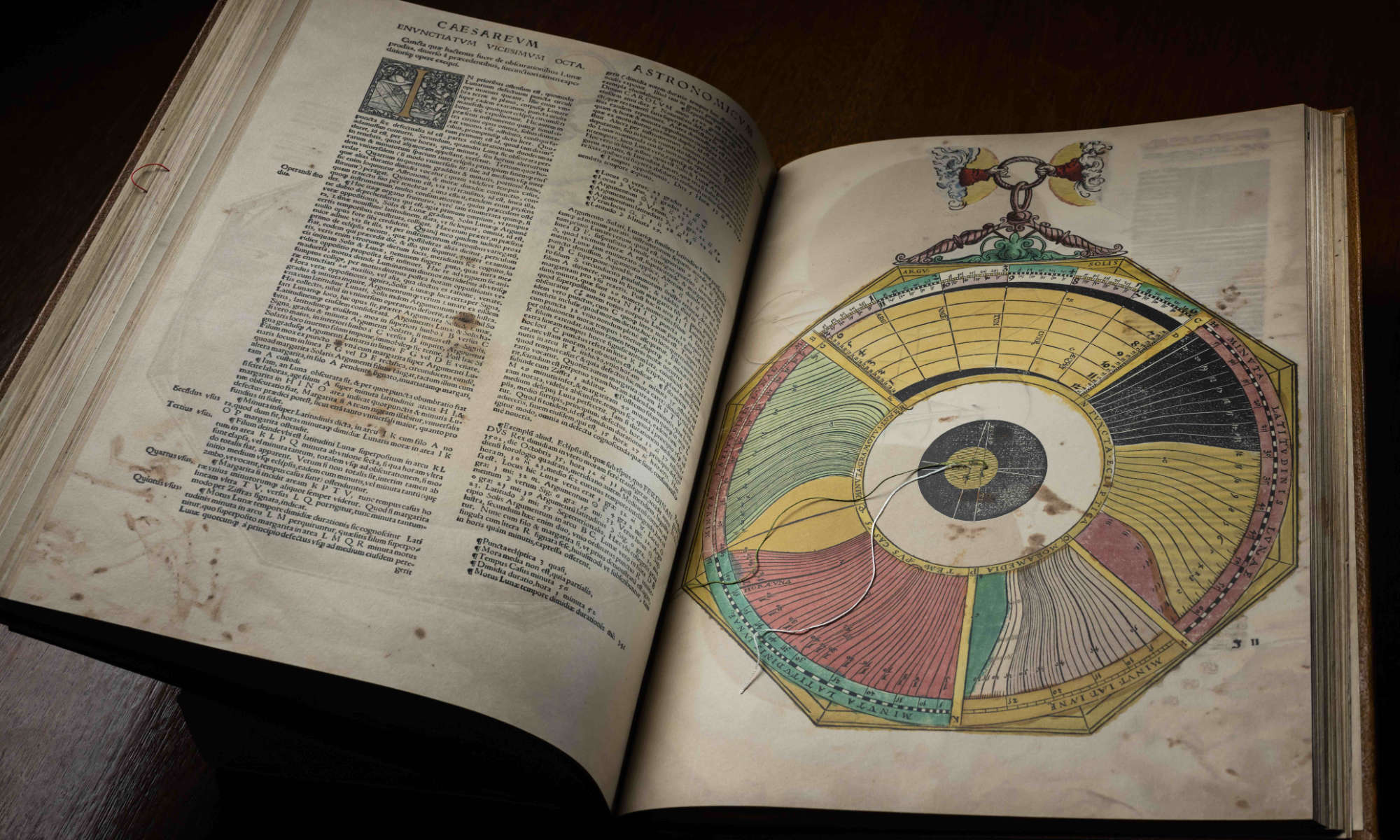Every time I attended Harry Reis’s class on attachment theory, I was late. That was because the start of Harry’s class at the University of Rochester conflicted with the end of a writing class I was teaching at a nearby college, and even if I made all the lights and quickly found a parking space, the soonest I could get there was ten minutes after class began. So I’d enter the amphitheater-style lecture hall quietly through a side door and take a seat in the back. That turned out to be an advantage, though, because from the back of the room I could see all one hundred or so students, including who was paying attention and who wasn’t.
That’s Peter Lovenheim writing about his experience on campus in the fall of 2011. A successful author and journalist whose articles and essays have appeared in the New York Times, the Washington Post, Politico, Parade, New York Magazine and elsewhere, Lovenheim was at the time auditing a class by Harry Reis, a Rochester professor of psychology and the Dean’s professor in Arts, Sciences, and Engineering.

When I’d first realized Harry was one of the country’s leading relationship researchers and that he lived and taught about attachment theory in my hometown of Rochester, New York, I invited him for coffee.
Lovenheim, who teaches narrative non-fiction writing at the Writers Center in Bethesda, Maryland, asked Reis over coffee if he could come and sit in on his lectures. “Sure,” replied Reis who studies the factors that influence social interactions, and the consequences of different patterns of socializing for health and psychological well-being. Reis is particularly interested in intimacy, attachment, and emotion regulation. Having read a previous book of Lovenheim’s Reis knew that the author was looking for new material.
Now six years later, Lovenheim has published his seventh book, The Attachment Effect: Exploring the Powerful Ways Our Earliest Bond Shapes Our Relationships and Lives (TarcherPerigee, 2018). In his first chapter—for 23 detailed pages—he takes the reader back to Reis’s classroom and his eureka moment when he realized that attachment theory would make a great topic to write about, and could possibly explain his own failure at lasting romantic success.
“This is a damn good theory,” Harry was saying as I took my seat that first day. He stood six foot three, had a deep, resonant voice, and spoke with a slow, deliberate cadence. “We think it explains an unbelievable amount of human behavior: about our childhoods, about intimate adult relationships, about nearly all relationships throughout our lives,” Lovenheim writes.
The essence of attachment theory? Here’s how Reis explained it to his class in 2011:
Human babies have the longest period of vulnerability of any species on earth. For seven or eight years of your life, if there isn’t someone taking care of you, forget it—you’re dead. If a tiger comes, you have no chance of survival.”
Harry paused, scanning the class.
“Okay, so you’re an infant,” he continued, “and there’s a tiger coming. What’s your way of surviving? If you can find a caregiver and keep that caregiver close—someone who’ll provide you food and shelter, and when the tiger comes, take you away from danger—this would be your way of surviving.
“So how do you locate and then keep close to that caregiver?” As he moved toward an answer, I felt the class’s tension rise. “How do you find and hold close to that caregiver?” he repeated.
“You cry!” he shouted. “You cry, meaning, ‘Something’s going on that’s scaring me! I want somebody to protect me!’”
How did Reis react to finding himself at the center of Lovenheim’s first chapter?
“My first thought was, ‘Ha, you made me sound too good,’” laughs Reis. “I thought it made me sound a bit dramatic, like an actor on a stage, building to the point of the message.”
But, “hey, the medium is the message, right?” Reis agrees.
Want to read more? Here’s the entire chapter from Lovenheim’s new book.
From The Attachment Effect: Exploring the Powerful Ways Our Earliest Bond Shapes Our Relationships and Lives by Peter Lovenheim, published by TarcherPerigee, an imprint of Penguin Publishing Group, a division of Penguin Random House, LLC. Copyright © 2018 by Peter Lovenheim.




